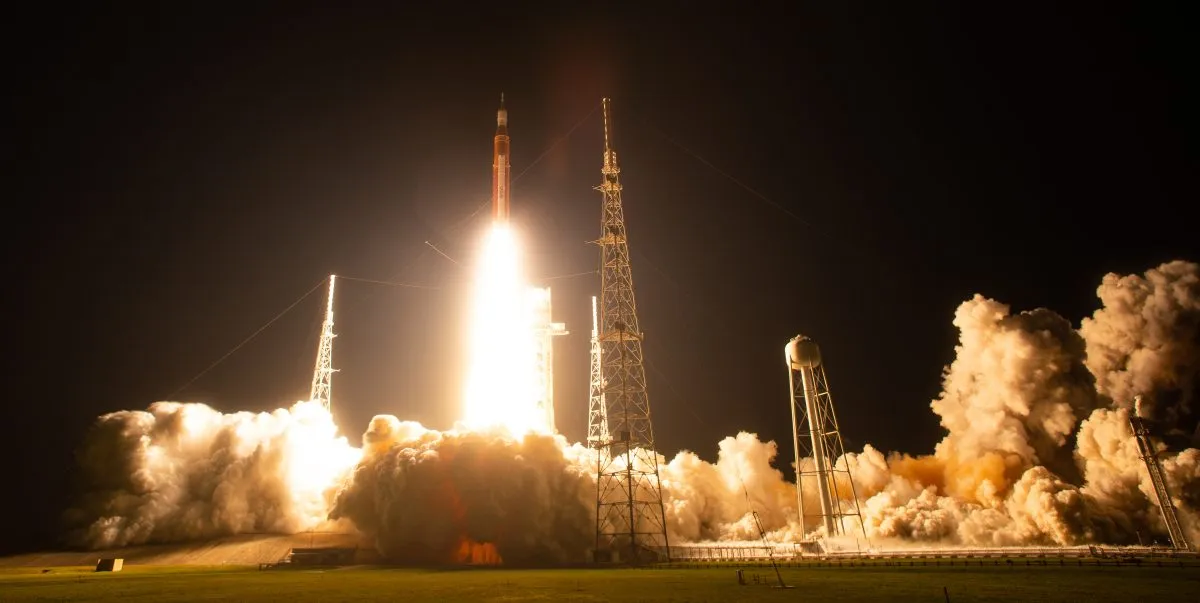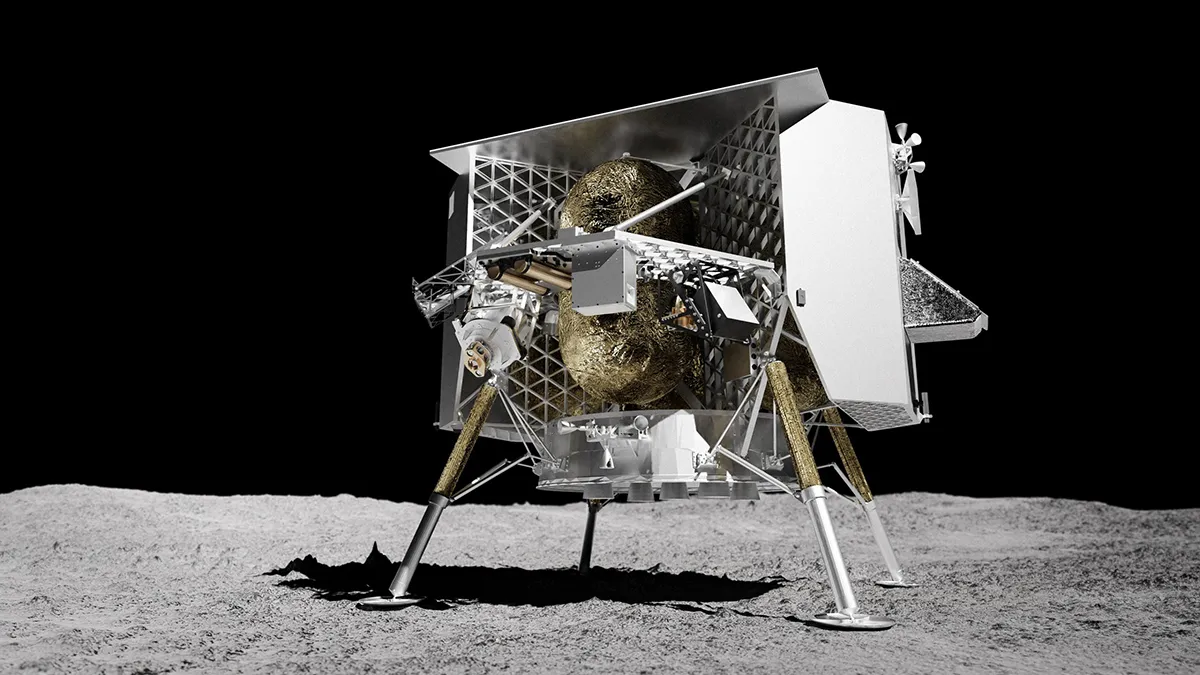NASA is on track to put the first woman on the Moon within the next few years, after a review of the initial Artemis I mission found no major issues.
The uncrewed Artemis I launched on 16 November and, after several scrubbed launch attempts, proved extremely successful.
NASA carefully examined the Orion crew capsule and discovered one of the few problems: the capsule’s heat shield had not ablated as predicted, although there was still margin for error.

NASA is confident it can remedy several other minor snags and stay on track to launch the first crewed test, Artemis II, in November 2024.
At the end of March, the five core stages of the Space Launch System (SLS) rocket were connected together and are due to be shipped to the Kennedy Space Center in summer 2023.
Around the same time, the Orion crew and service modules will be joined together ready to be stacked with the SLS in the first quarter of 2024.
If all goes well on that test flight, the first landing mission, Artemis III, should follow around a year afterwards.

However, this timeline depends on the private companies which are providing several key systems also progressing on time.
Among these is the Starship Human Landing System (HLS) from SpaceX, which will rendezvous with Orion en route to the Moon then carry the crew to the lunar surface.
The first test flight of the Starship system is expected no earlier than 17 April 2023.
Once on the surface, the crew will rely on new spacesuits under development by Axiom Space, which were debuted this March.
These are designed to be more comfortable and flexible, and accommodate a broader range of body shapes than existing suits.
"Axiom’s next generation spacesuits will not only enable the first woman to walk on the Moon, but they will also open opportunities for more people to explore and conduct science on the Moon than ever before," says NASA administrator Bill Nelson.
More missions to the Moon

We don’t have to wait for Artemis II to get excited by missions to the Moon, as a whole fleet of small, robotic missions are hoping to reach the lunar surface in 2023.
Built by commercial companies but paid for by NASA, several of these are exploring new territory or doing new things.
IM-1 will touch down on the edge of a crater near the lunar south pole, where future astronauts are likely to go.
It will be joined by IM-2, with a drill to look for water ice under the surface.
Peregine-1 will study the Moon’s exosphere, the closest thing it has to an atmosphere, and Japan and India are planning lunar trips too.
From these missions we’ll learn plenty, without putting a single bootprint on lunar soil.
This article originally appeared in the May 2023 issue of BBC Sky at Night Magazine.
